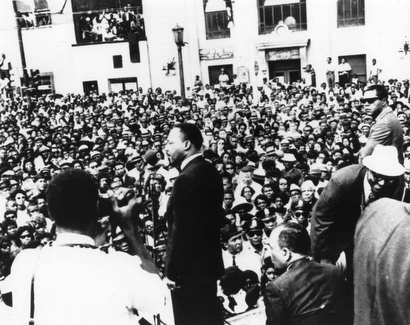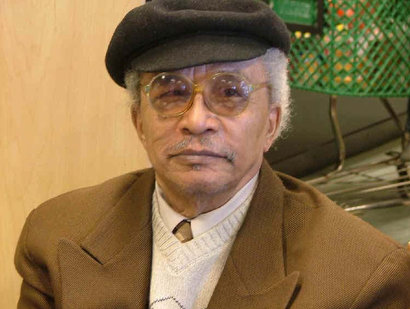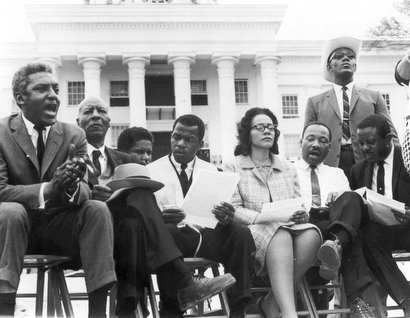Among the most often discussed yet least understood parts of the early Albany story concern the roles of those of African ancestry in the growth and development of the pre-industrial city. Early Albany Timeline
This engaging portrait entitled "Boy of the Van Rensselaer Family" is thought to have been painted by limner John Heaton probably during the 1730s when the artist was living and working in Albany. It is unique in the visual record of early Albany.
But who were the people of colonial Albany? What were their names? Where did they come from? And how did they live? These are the basic questions asked by the historians at the Colonial Albany Social History Project each and every day!
Albany was a place where outsiders came to obtain goods and supplies and to have their broken tools and implements repaired. This tradition began during the New Netherland era when the community's principal activity involved trading for furs with Native Americans who came to Albany and its antecedents,
From the beginning, Europeans found procuring the skins of fur-bearing animals to be the one of the quickest and easiest ways to turn the natural bounty of the North American wilderness into profits and wealth. This premier economic activity was called the "Fur Trade," the "Indian Trade," or simply "the Trade!" The native inhabitants of Albany at the time of the arrival of the Dutch called the Normans Kill the Tawawsantha.[2] The area of Albany had been given different names by the various native tribes to the area. The Mohegans called it Pem-po-tu-wuth-ut, which means "place of the council fire" and the Iroqouis called it Sche-negh-ta-da, meaning "through the pine woods".[3]

























